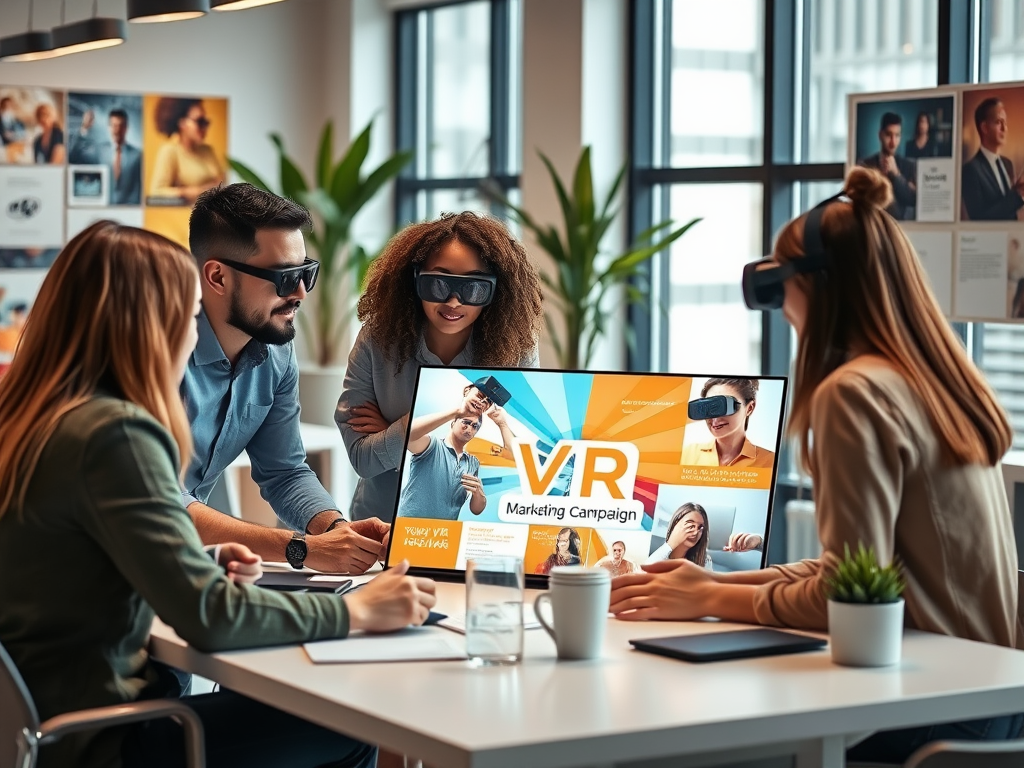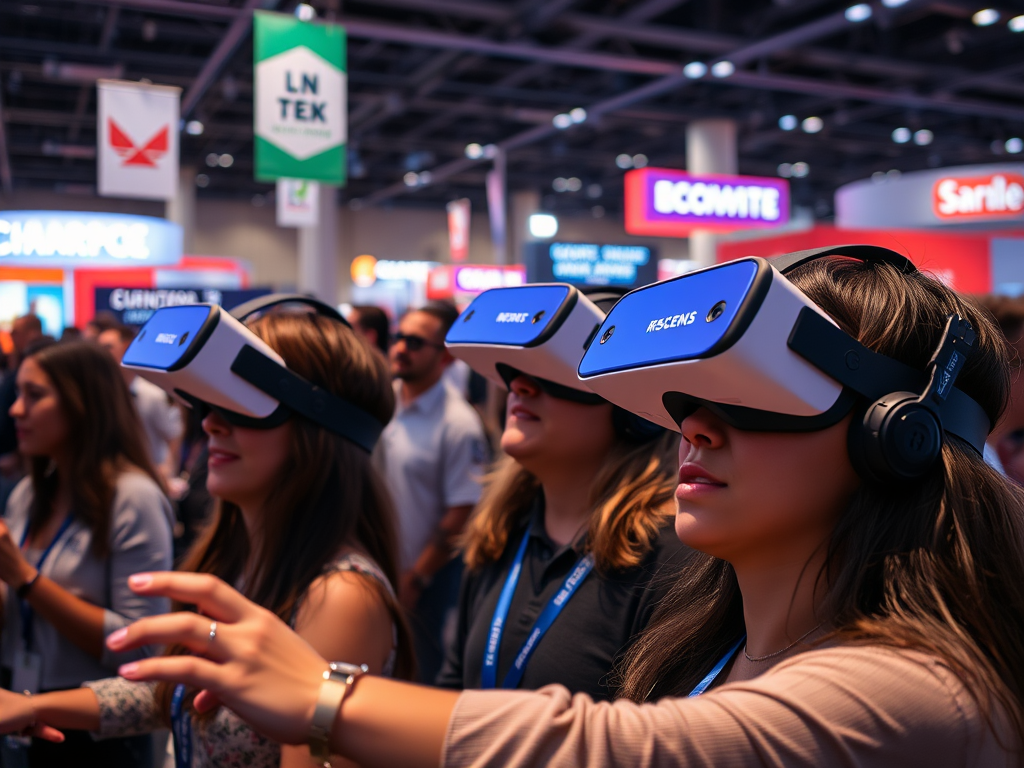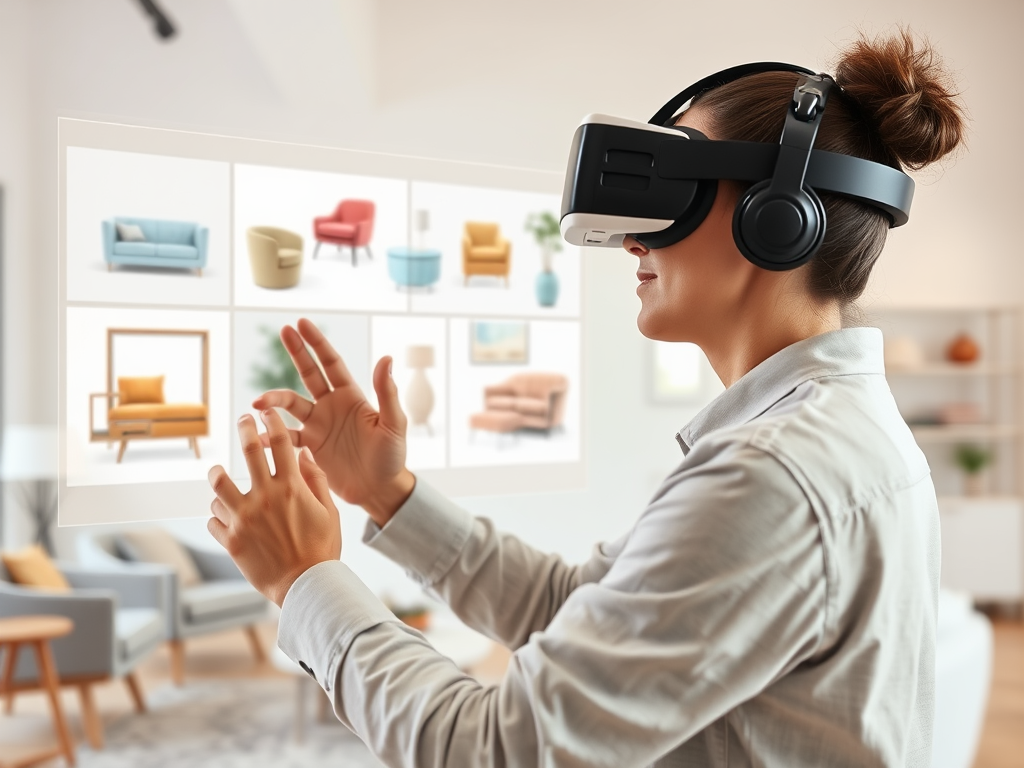In an age where consumer preferences change rapidly and attention spans grow shorter, brands are constantly on the lookout for innovative engagement strategies. Virtual Reality (VR) has emerged as a game-changer in this realm, offering unique opportunities for interactions that traditional marketing tactics simply can’t achieve. It allows consumers to step into a brand’s world and connect in meaningful ways, fostering emotional engagement like never before. Through immersive experiences, consumers can explore products and services in a simulated environment, making decision-making more informed and enjoyable. Brands are not just selling products anymore; they are crafting experiences that linger in the minds of their audience long after the interaction ends. This article delves into how VR is reshaping the marketing landscape and how brands can harness its power to engage consumers effectively.
The advent of virtual reality in marketing has brought about numerous advantages that are tantalizing brands large and small alike. From enhanced customer engagement to impressive brand recall and even cost-effectiveness, the benefits are compelling. Businesses that employ VR can offer customers interactive experiences that captivate their senses and leave lasting impressions. The concept is simple yet profound: when consumers can interact with products in a virtual realm, they feel a greater connection to the brand and are likely to engage more deeply. Moreover, these immersive experiences can lead to increased sales and customer loyalty over time. As more brands recognize the potential of VR, the landscape of marketing is poised for continual evolution.
The Benefits of Virtual Reality in Marketing

There are several key benefits that come with using VR in marketing, which can significantly enhance a brand’s strategy and efficiency. Firstly, enhanced customer engagement through immersive experiences ensures that consumers actively participate rather than passively absorb information. Secondly, the memorability of VR experiences often translates into improved brand recall; when users feel emotionally connected, they are less likely to forget the brand. Thirdly, while the initial investment in VR development may seem high, it can be cost-effective over time due to savings on physical inventory and traditional marketing materials.
- Enhanced Customer Engagement
- Improved Brand Recall
- Cost-Effectiveness
As we explore how various brands have embraced VR, we observe creative applications that serve as powerful case studies. For instance, many companies have introduced virtual showrooms where potential customers can interactively explore products. This innovative approach allows consumers to visualize their choices, ultimately increasing confidence in their purchasing decisions. Notably, companies like IKEA have taken the lead in creating engaging platforms that extend beyond traditional shopping experiences.
| Brand | VR Application | Impact |
|---|---|---|
| IKEA | Virtual Showrooms | Higher Customer Engagement |
| Coca-Cola | Experiential Marketing | Memorable Brand Experiences |
| Mercedes-Benz | Test Drive Simulations | Increased Test Drives |
How Brands Are Using Virtual Reality

Numerous brands have effectively integrated VR into their marketing strategies, setting an excellent example of what innovation can achieve. From virtual showrooms to experiential campaigns, brand storytelling has taken on new dimensions. Mercedes-Benz, for example, has introduced VR test drives, enabling potential buyers to experience the thrill of driving their vehicles without leaving the dealership. This not only generates excitement but also encourages test drives, ultimately increasing sales. Such applications demonstrate that VR is not just a fad; it represents the future of consumer engagement and brand interaction.
- Virtual Showrooms for immersive product exploration
- Experiential campaigns that create lasting impressions
- Virtual reality test drives that encourage deeper connection with products
The Future of Virtual Reality in Marketing
The potential of virtual reality in marketing is expansive, and advancements in both technology and consumer behavior will shape its future. One promising direction is the integration of augmented reality (AR) alongside VR, providing even richer narratives and experiences. This fusion can allow brands to offer interactive features that engage customers on multiple levels. Additionally, as artificial intelligence continues to advance, VR experiences are likely to become more personalized, catering specifically to individual consumer preferences. By harnessing these technologies, brands can create unique experiences that resonate with their audiences and cultivate loyalty.
Another crucial aspect to consider in this evolving landscape is the role of data. Brands leveraging VR can gather valuable insights into consumer behavior, preferences, and interactions during virtual experiences. This information can be pivotal in refining marketing strategies, targeting offers more effectively, and enhancing overall customer satisfaction. Brands that adapt quickly to these changes will likely stand out in an increasingly competitive market.
Conclusion
As we have explored, virtual reality is not merely a new tool in marketing but a transformative force that can redefine how brands engage with consumers. The immersive experiences that VR offers have the potential to enhance customer engagement, improve brand recall, and even create cost efficiencies. In a world where consumers demand more personalized and interactive experiences, adopting VR can provide a significant competitive edge. By embracing this innovative technology, brands can craft meaningful experiences that resonate deeply, ultimately driving sales and fostering loyalty.
Frequently Asked Questions
- What is virtual reality in marketing? Virtual reality in marketing refers to immersive technology that creates a simulated environment for consumers, allowing them to interact with products or experiences in a compelling way.
- How does virtual reality enhance customer engagement? VR enhances customer engagement by providing immersive experiences that captivate users and allow for deeper interactions with the brand.
- What are some successful examples of virtual reality in marketing? Examples include IKEA’s virtual showrooms and Coca-Cola’s experiential marketing campaigns that create memorable consumer experiences.
- What is the future of virtual reality in marketing? The future includes potential integration with augmented reality and AI-driven personalization, which could further enrich consumer experiences and brand interactions.
- Is virtual reality marketing cost-effective? While initial costs can be high, the long-term savings and benefits from enhanced consumer engagement often make VR a cost-effective marketing strategy.
